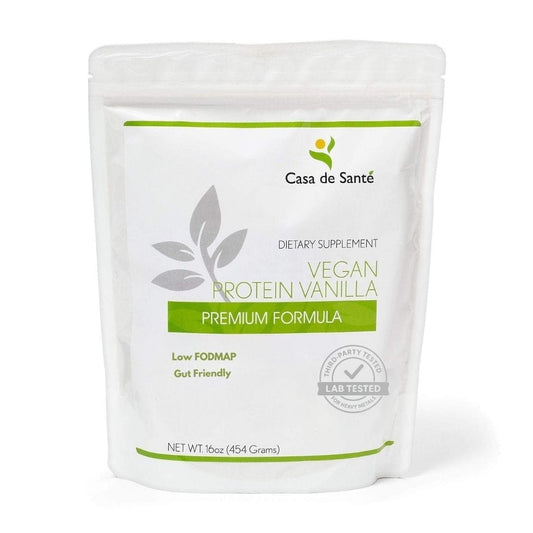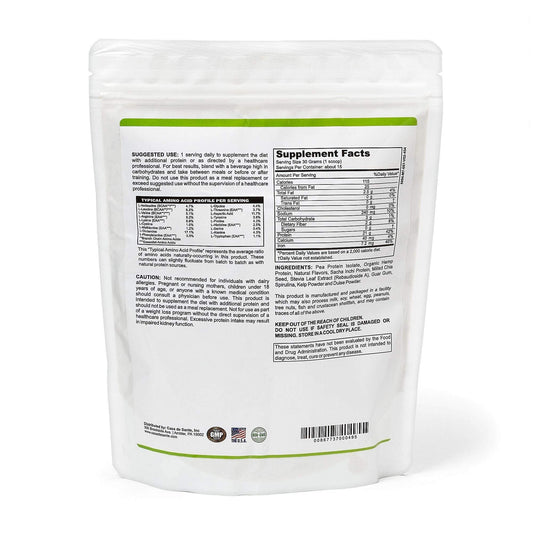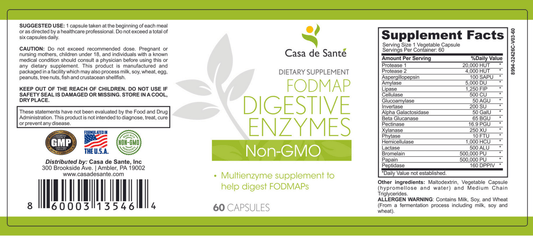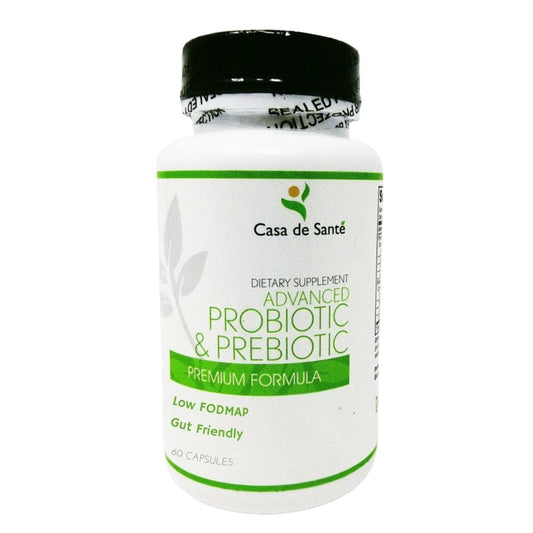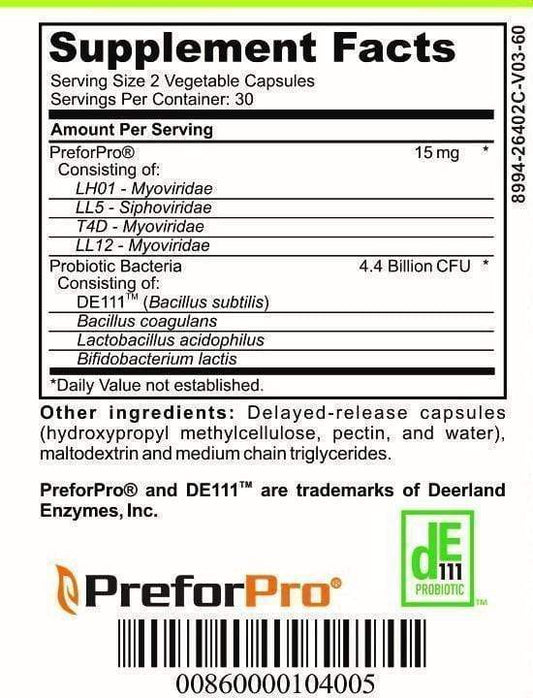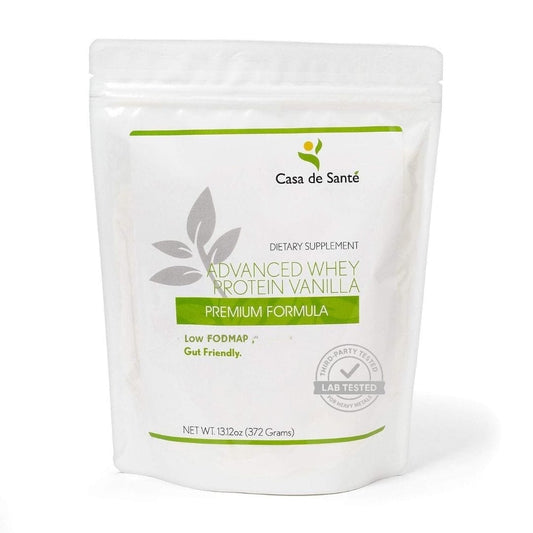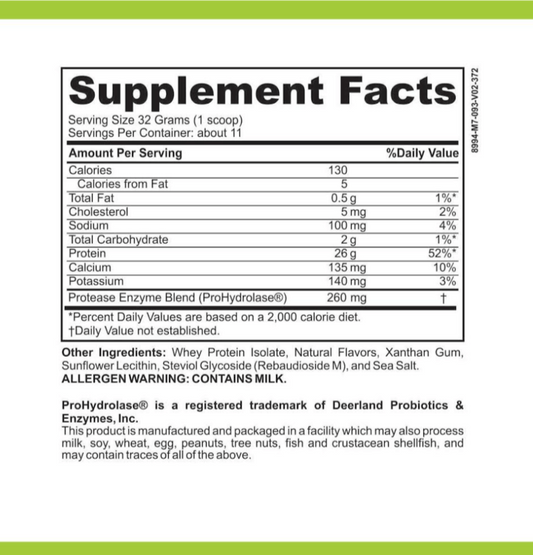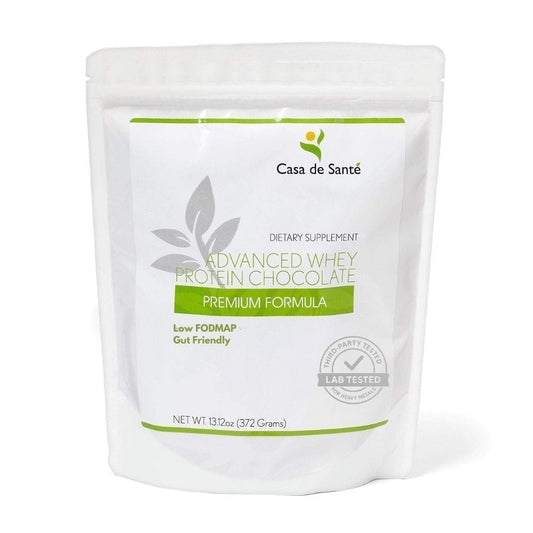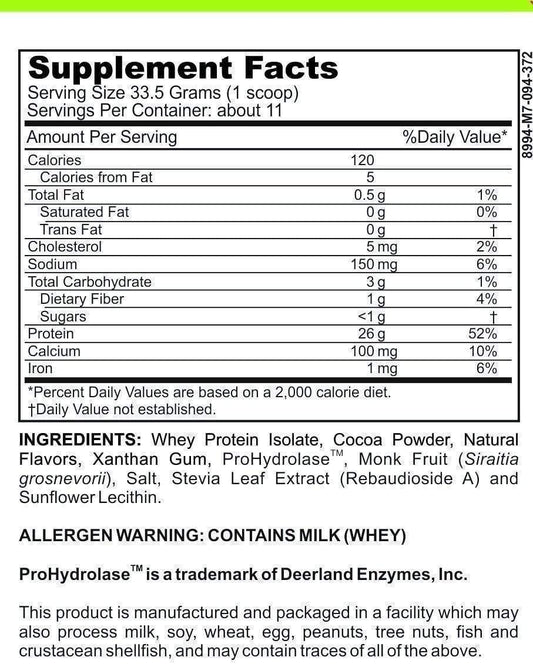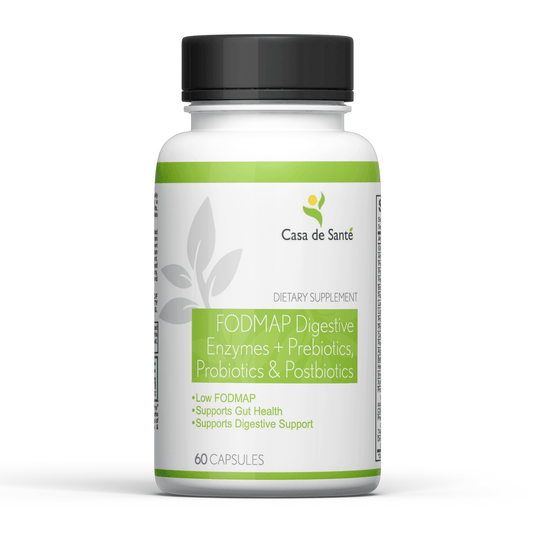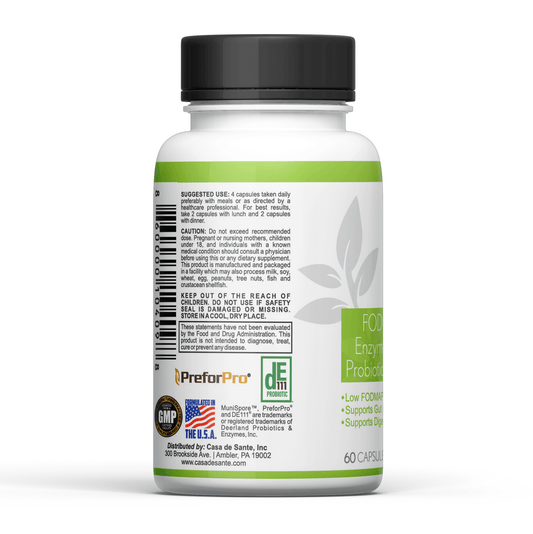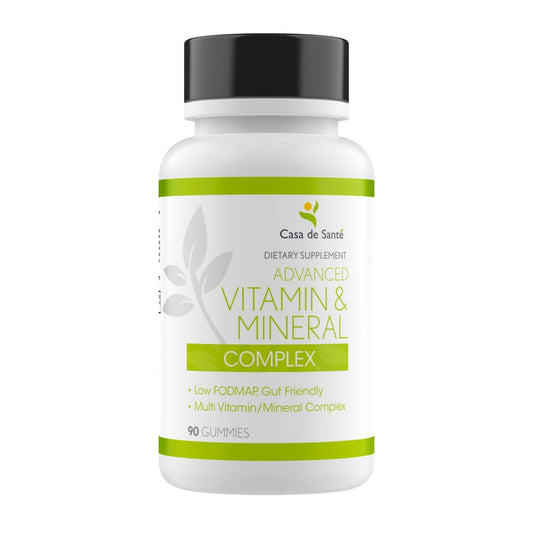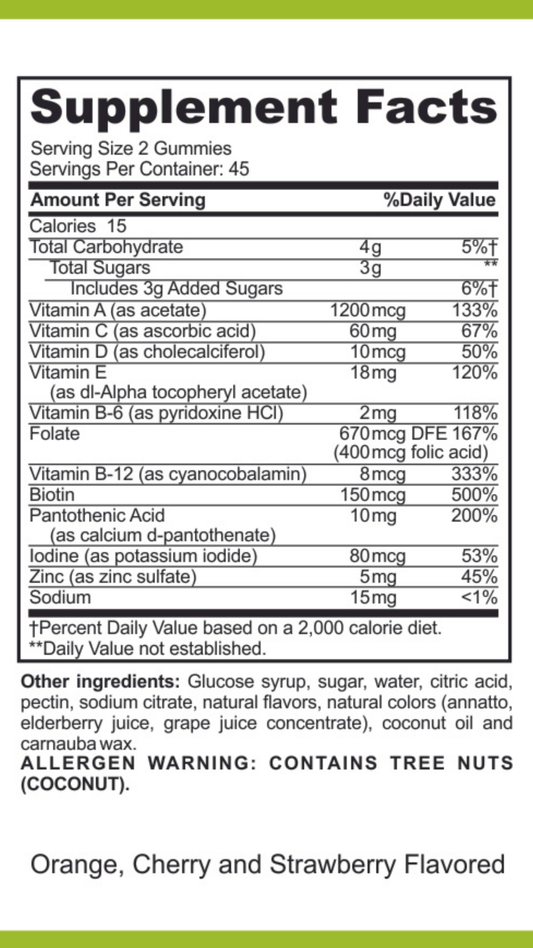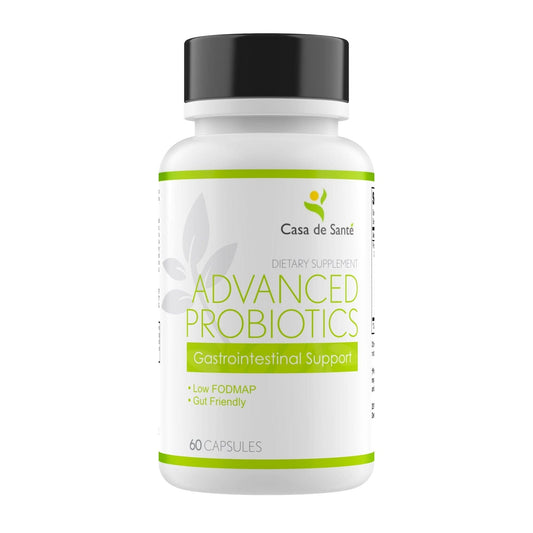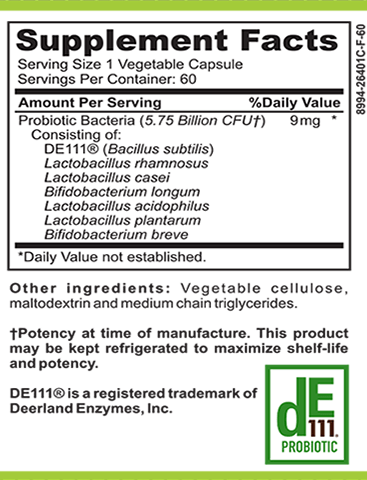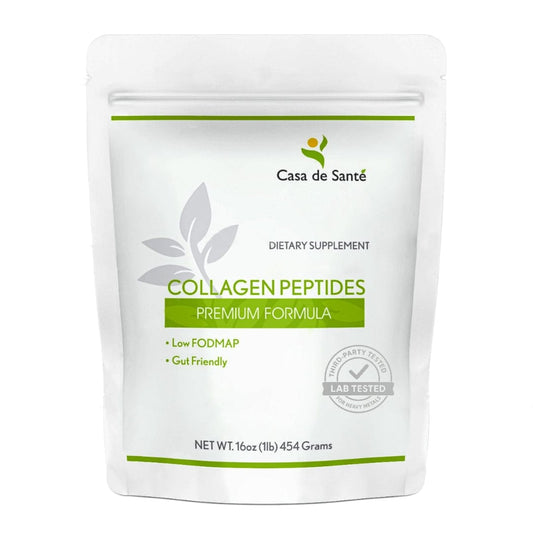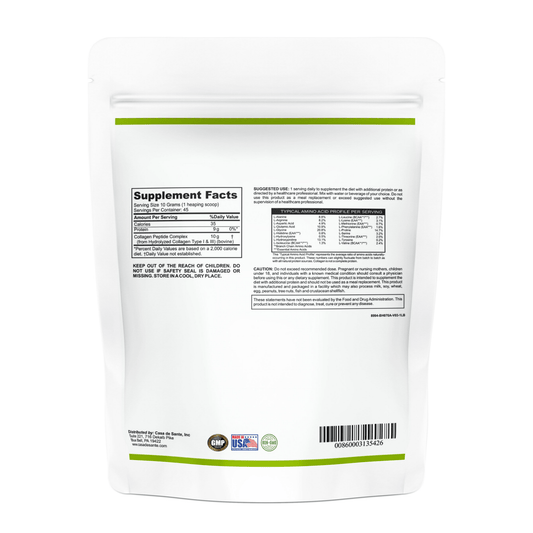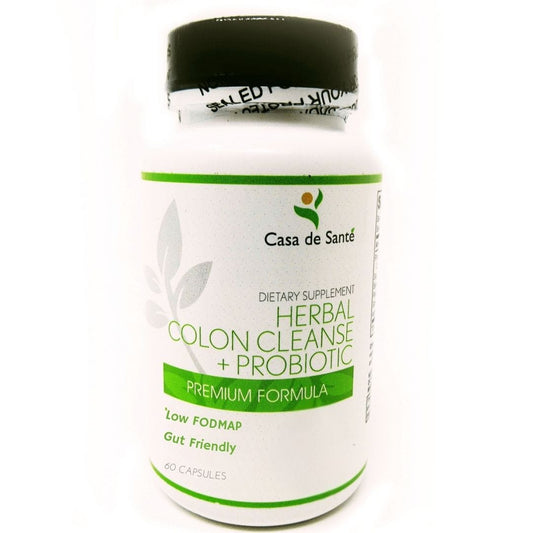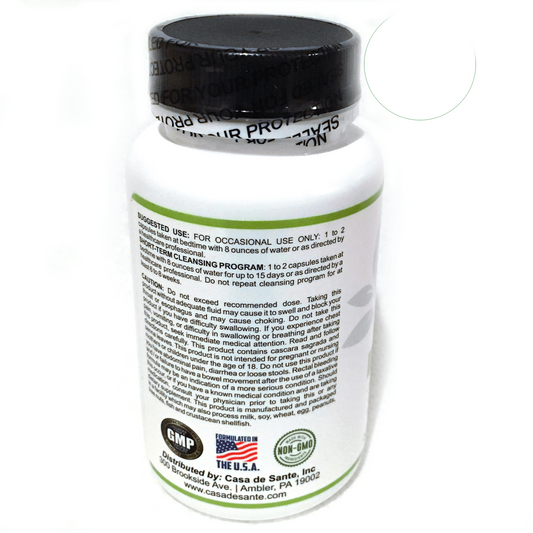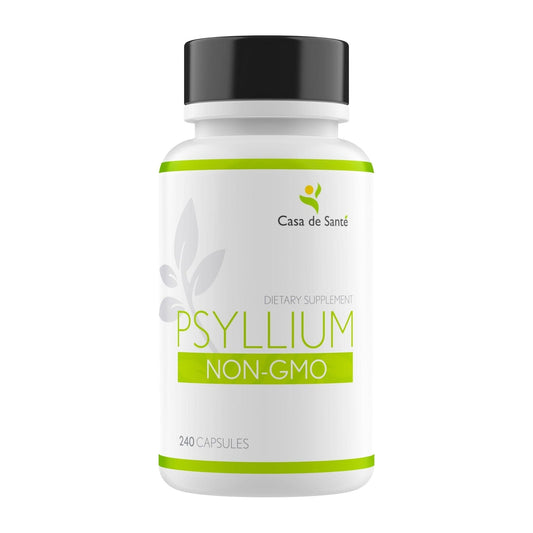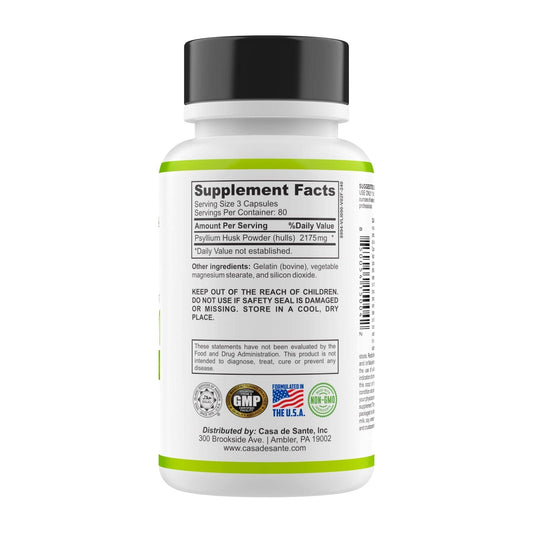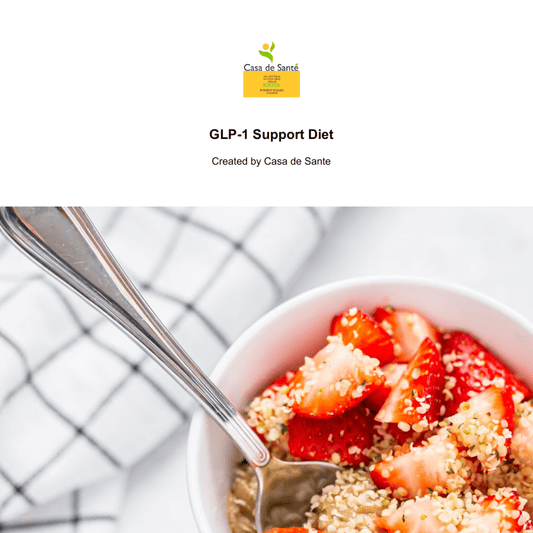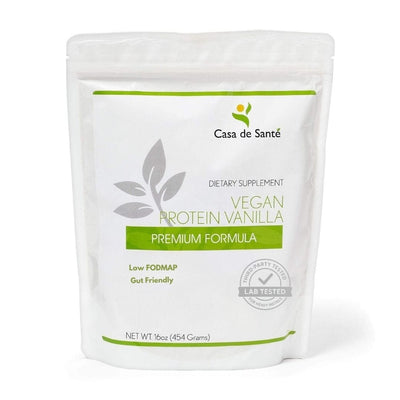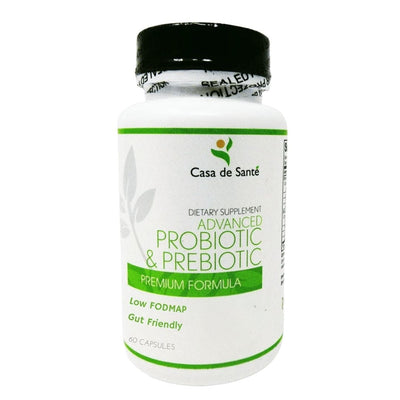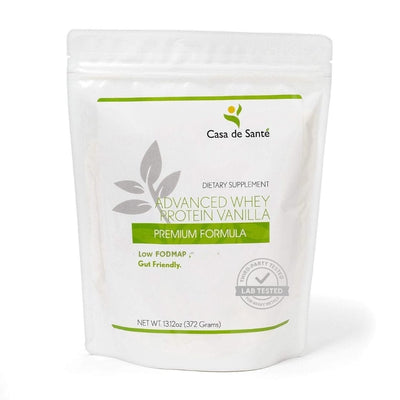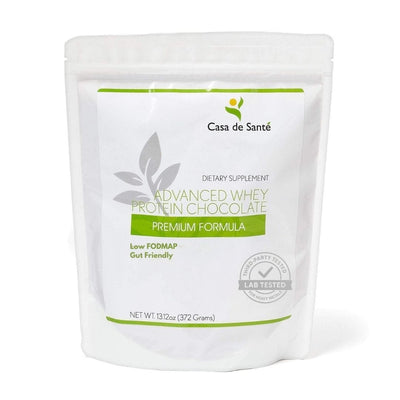Pumpkin Flour Vs Potato Starch Flour
Pumpkin Flour Vs Potato Starch Flour
In the world of alternative flours, pumpkin flour and potato starch flour are two popular options that have gained traction among health-conscious individuals and those with dietary restrictions. Both flours offer unique properties and distinct benefits when it comes to cooking and baking. In this article, we will dive into the details of pumpkin flour and potato starch flour, comparing their nutritional profiles, health benefits, cooking applications, texture and taste, gluten-free options, allergen information, shelf life, cost, environmental impact, and even provide popular recipes using each flour. By the end of this comprehensive guide, you will be equipped with the knowledge to make an informed decision on which alternative flour suits your needs best.
Introduction to Pumpkin Flour and Potato Starch Flour
Pumpkin flour and potato starch flour are both versatile alternatives to traditional wheat flour. Pumpkin flour is made from dried and ground pumpkin seeds, while potato starch flour is derived from the starch extracted from potatoes. These flours offer gluten-free alternatives for those with celiac disease or gluten intolerance, making them suitable options for individuals following a gluten-free diet. Let's explore the nutritional comparison between the two flours.
Nutritional Comparison: Pumpkin Flour vs Potato Starch Flour
When it comes to nutritional content, pumpkin flour and potato starch flour have distinct differences. Pumpkin flour is rich in essential vitamins and minerals, including vitamin A, vitamin E, magnesium, iron, and zinc. It also contains dietary fiber, which aids digestion and promotes a healthy gut. On the other hand, potato starch flour is relatively low in nutrients compared to pumpkin flour. However, it is high in starch content, providing a source of energy for the body.
Despite their contrasting nutrient profiles, both flours can be beneficial additions to a well-balanced diet. It is important to consider individual dietary needs and preferences when deciding which flour to incorporate into your recipes.
Health Benefits of Pumpkin Flour
Pumpkin flour offers a range of health benefits due to its nutrient-dense composition. Vitamin A, found abundantly in pumpkin flour, is essential for maintaining healthy vision, supporting immune function, and promoting cell growth and development. Additionally, the high magnesium content in pumpkin flour contributes to bone health, muscle function, and nerve function.
The presence of dietary fiber in pumpkin flour provides numerous benefits to digestive health. Fiber aids in regulating bowel movements, preventing constipation, and promoting a healthy gut microbiome. It also helps to control blood sugar levels, reduce cholesterol levels, and support weight management.
Health Benefits of Potato Starch Flour
While potato starch flour may not offer as many nutritional benefits as pumpkin flour, it does provide specific advantages in certain dietary situations. The high starch content in potato starch flour makes it an excellent option for individuals who require easily digestible carbohydrates, such as those recovering from illness or undergoing certain medical treatments.
Moreover, potato starch flour is low in fat and cholesterol, making it a suitable choice for those aiming to limit their intake of these substances. It is also naturally gluten-free, enabling individuals with gluten intolerance or celiac disease to enjoy a wide variety of dishes without compromising their dietary restrictions.
Cooking and Baking with Pumpkin Flour
Pumpkin flour can be a fantastic addition to your baking endeavors. Its rich flavor profile adds a nutty and slightly sweet taste to various recipes, making it particularly suited for baked goods, pancakes, waffles, and muffins. When using pumpkin flour in your recipes, it is important to remember that it has a higher moisture content compared to wheat flour. Therefore, adjustments to liquid ingredients may be necessary to achieve the desired consistency.
Pumpkin flour can also be used as a thickening agent in soups, stews, and sauces due to its high fiber content. Its ability to absorb liquids makes it an excellent alternative to traditional thickening agents, such as cornstarch or wheat flour.
Cooking and Baking with Potato Starch Flour
Potato starch flour is known for its ability to provide a light and fluffy texture to baked goods. It is often used in gluten-free baking to improve the texture and crumb of bread, cakes, and cookies. When combined with other gluten-free flours, such as almond flour or rice flour, potato starch flour helps create a more cohesive structure in the absence of gluten.
Similarly, potato starch flour can also be used as a thickening agent in recipes such as gravies, sauces, and soups. Its neutral taste and strong binding properties make it an ideal choice for achieving the desired consistency without altering the flavor profile of the dish.
Texture and Taste: Pumpkin Flour vs Potato Starch Flour
When it comes to texture and taste, pumpkin flour and potato starch flour offer different characteristics. Pumpkin flour has a slightly grainy texture, similar to almond flour, and imparts a unique earthy flavor to recipes. The use of pumpkin flour can add depth and complexity to your dishes, particularly those that benefit from a touch of nuttiness.
On the other hand, potato starch flour has a much finer texture, providing a smoother mouthfeel in baked goods. It is virtually tasteless, allowing other ingredients to shine without any interference from a discernible flavor. This makes potato starch flour an excellent choice for recipes where a neutral texture and taste are desired.
Gluten-Free Options: Pumpkin Flour vs Potato Starch Flour
Being naturally gluten-free, both pumpkin flour and potato starch flour offer an avenue for individuals who follow a gluten-free diet to enjoy a wide range of dishes. These alternative flours can be used as substitutes for wheat flour in recipes, providing a suitable option for those with celiac disease or gluten intolerance. However, it's important to note that the two flours have different characteristics and uses, and experimentation may be necessary to achieve the desired results when substituting for wheat flour.
Uses and Applications of Pumpkin Flour in Recipes
Pumpkin flour's distinct flavor and nutrient profile make it a versatile ingredient in a variety of recipes. It can be used as a primary flour substitute or combined with other gluten-free flours to create unique flavors and textures. Some popular uses of pumpkin flour include pumpkin bread, pumpkin pancakes, pumpkin cookies, and even as a coating for chicken or fish to add a flavorful twist.
Uses and Applications of Potato Starch Flour in Recipes
The neutral taste and binding properties of potato starch flour allow it to seamlessly integrate into a multitude of recipes. Besides its traditional uses in baking, it can be used to thicken sauces, soups, and gravies, providing a smooth and glossy finish. Potato starch flour is also commonly used to coat meat, fish, or vegetables before frying, resulting in a crispy and golden exterior.
Allergen Information: Pumpkin Flour vs Potato Starch Flour
Both pumpkin flour and potato starch flour are naturally gluten-free, making them suitable for individuals with gluten sensitivities or celiac disease. They do not contain the proteins responsible for triggering adverse reactions in those with gluten intolerance, providing a safe and delicious alternative for gluten-free cooking and baking.
However, it is crucial to remember that individuals with allergies or sensitivities to pumpkin seeds or potatoes should be cautious when consuming these flours. If you have any known allergies or sensitivities, always read product labels and consult with a healthcare professional to ensure these flours are suitable for your specific dietary needs.
Shelf Life and Storage Tips for Pumpkin Flour
Pumpkin flour typically has a longer shelf life compared to other alternative flours due to its relatively low moisture content. When properly stored in an airtight container in a cool, dry place, pumpkin flour can last for up to six months, maintaining its flavor and quality. It is crucial to keep pumpkin flour away from direct sunlight, heat, and moisture to prevent rancidity or spoilage.
Shelf Life and Storage Tips for Potato Starch Flour
Similar to pumpkin flour, potato starch flour has an extended shelf life when stored correctly. It is recommended to store potato starch flour in an airtight container in a cool, dry pantry. By doing so, potato starch flour can maintain its quality and freshness for up to a year. It is essential to avoid exposure to moisture, as it can cause clumping or spoilage of the flour.
Cost Comparison: Pumpkin Flour vs Potato Starch Flour
The cost of both pumpkin flour and potato starch flour can vary depending on factors such as brand, quantity, and availability. Generally, pumpkin flour tends to be more expensive than potato starch flour due to the additional processing involved in its production. However, it is crucial to evaluate both the cost and the specific requirements of your recipes to determine which flour offers the best value for your needs.
Environmental Impact: Pumpkin Flour vs Potato Starch Flour
When considering the environmental impact of these alternative flours, both pumpkin flour and potato starch flour have their advantages. Pumpkin flour utilizes a byproduct of pumpkin seed production, reducing waste and utilizing the entire seed. Whereas, potato starch flour relies on the extraction of starch from potatoes, a readily available and widely cultivated crop.
However, it is important to be mindful of the environmental impact of the entire production process, including farming practices and transportation. Opting for organic or sustainably sourced varieties of either flour can help minimize the ecological footprint.
Popular Recipes using Pumpkin Flour
1. Pumpkin Chocolate Chip Cookies: Combine pumpkin flour, almond flour, pumpkin puree, coconut oil, maple syrup, chocolate chips, and spices to create delicious and moist pumpkin cookies with a delightful chocolate twist.2. Pumpkin Pancakes: Whip up fluffy and flavorful pumpkin pancakes by incorporating pumpkin flour into your favorite pancake batter. Top with maple syrup and a sprinkle of cinnamon for the perfect fall breakfast treat.3. Pumpkin Bread: Add pumpkin flour to your favorite bread recipe to infuse a rich pumpkin flavor. This comforting loaf is perfect for cozy mornings or afternoon tea.4. Pumpkin Energy Balls: Combine pumpkin flour, dates, nuts, and spices for a nutritious and energy-boosting snack. These bite-sized treats are perfect for on-the-go snacking or pre-workout fuel.
Popular Recipes using Potato Starch Flour
1. Gluten-Free Chocolate Chip Cookies: Create a gluten-free version of the classic chocolate chip cookie by using a combination of potato starch flour, almond flour, and chocolate chips. These cookies will satisfy your sweet tooth without compromising your dietary needs.2. Potato Starch Gravy: Use potato starch flour to create a smooth and luscious gravy for your favorite roasts or mashed potatoes. The neutral taste of potato starch allows the flavors of the dish to shine through.3. Potato Starch Pancakes: Whip up fluffy and light pancakes by incorporating potato starch flour into your pancake batter. Serve with your favorite toppings for a delicious breakfast or brunch option.4. Potato Starch-Coated Fried Chicken: Achieve a crispy and golden crust on your fried chicken by coating it in potato starch flour before frying. The starch creates a delightful crunch that is sure to impress.
Substituting Pumpkin Flour for Potato Starch Flour (and vice versa)
While it is possible to substitute pumpkin flour for potato starch flour and vice versa in recipes, it is essential to consider the potential impact on texture and flavor. Due to their different characteristics and moisture content, adjustments may be necessary to achieve the desired outcome. It is recommended to experiment with small batches and make incremental adjustments until the desired results are achieved.
Conclusion: Choosing the Right Alternative Flours
When it comes to choosing between pumpkin flour and potato starch flour, it ultimately depends on your dietary needs, preferences, and the specific recipe. Pumpkin flour offers a rich flavor profile, nutritional benefits, and unique texture, while potato starch flour provides a neutral taste, light texture, and binding properties. Experimenting with both flours will allow you to discover their versatility in various recipes and find the perfect alternative flour for your culinary adventures.
Remember to always consider your personal dietary requirements, taste preferences, and consult with professionals if you have any allergies or health concerns. Whether you opt for the robust flavor of pumpkin flour or the versatility of potato starch flour, both alternatives can elevate your cooking and baking experiences while catering to specific dietary needs. So, explore, experiment, and enjoy the wide world of alternative flours!

